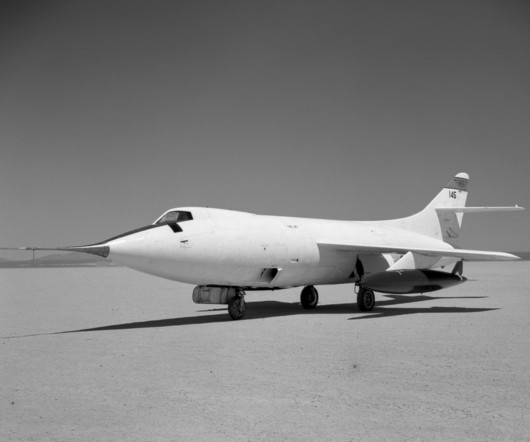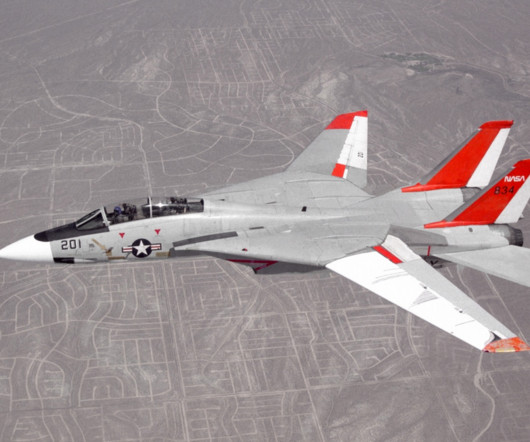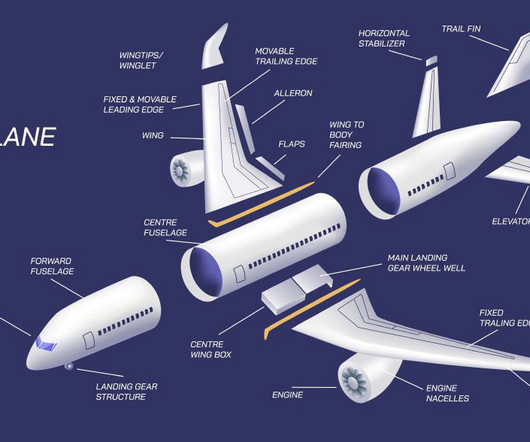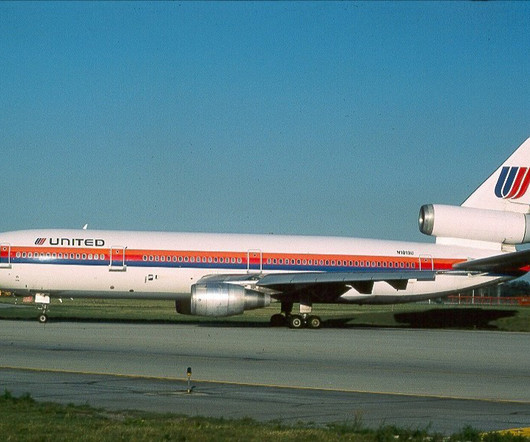Flight Test Files: The Douglas D-558-2 Skyrocket – Chasing Mach 2
Vintage Aviation News
APRIL 11, 2025
D-558-2 Skyrocket take off using JATO assist in 1949 NACA engineers improved the rockets performance by adding nozzle extensions to its combustion chambers, reducing exhaust interference with the rudders and increasing thrust at altitude. Breaking Barriers: Mach 2 That record attempt came on November 20, 1953.













Let's personalize your content